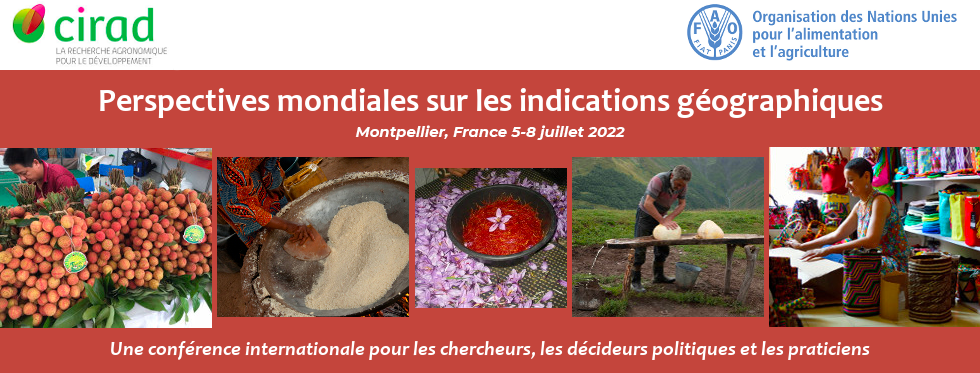In this communication, we provide a detailed analysis of the different lines of policy debates and theoretical arguments, as well as to the related discursive strategies, surrounding the specific place of geographical indications (here after GIs) in the negotiation of international trade agreements, with a specific focus on the opposition between the EU and the USA. Over the last decades, the legal protection of Geographical Indications as formal Intellectual Property Rights have been subject to a number of sharp economic and political debates and negotiations at the international level, especially between the US and the EU (Chen, 1997, Lorvellec, 1997, Josling, 2006, Barham and Sylvander, 2009, 2011, Babcock, 2015; Arfini et al. 2016). These debates first involved leading international organizations, such as the WTO, WIPO, FAO acting as a form of international polycentric governance, as key institutional drivers of the diffusion of geographical indications worldwide, but also more recently through the form both bilateral trade agreements, such as TTIP between the US/EU or the CETA between Canada and the EU, among many others. Empirical data are based on an extensive survey of past and current academic literature on Geographical Indications, and a detailed analysis of current negotiations surrounding GI's in the current TTIP (Transatlantic Trade and Investment Partnership) negotiations between the EU and the US, as well as the CETA between the Canada and the EU. While the discussions surrounding the place of GIs in these bilateral trade agreements have been often presented, at least from an EU perspective, as a success story in these international trade negotiations, our results highlight first, a shift in the negotiation focus compared to the early debates in WTO on scientific-evidence bases of norms and standards, towards a more pragmatic approach of the legal protection of GIs in relation to the specific statutes of generic names, as well as the adoption of unified registration systems and the rules of enforcement (O'Connor, 2004, Arrunada, 2012). Our analysis also shows that, beside the apparent success story, the role played by the legal protection of GIs in these trade agreements also illustrates the declining of exceptionalism of agriculture in international trade policy (Trebilcock and Pue 2015, Thies 2015). Our findings provide some evidence about a possible shift in interpretation and open new spaces for the GI's recognition at the international level, but also highlight the current economic and social dilemma surrounding their protection under dedicated IPR regime.

Actes de la Conférence > Contributions par auteur > Mongondry Philippe
Geographical Indications in the turf wars of international trade agreements. A comparative and historical perspective.
1 : Université Paris-Saclay
-
Site web
Université Paris-Saclay
Bâtiment Bréguet, 3 Rue Joliot Curie 2e ét, 91190 Gif-sur-Yvette -
France


